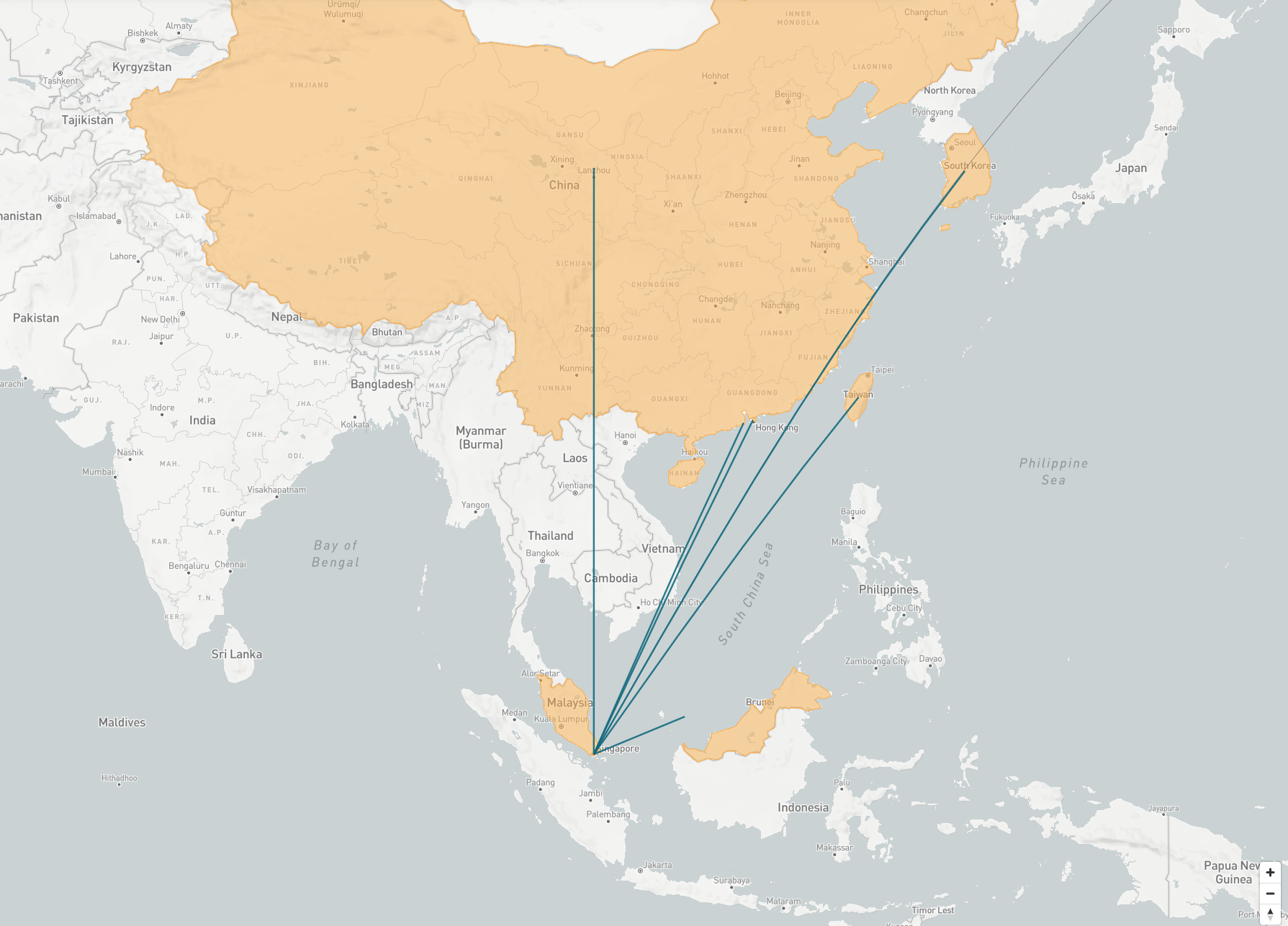- Country of destination: Singapore
- Country of origin: China, Malaysia, Republic of Korea, and Taiwan
- Sectors: Construction, Engineering, and Manufacturing
- Skill level: Low
- Timeline: April 1987 - ongoing
- Number of beneficiaries: 940,200 in 2020
Overview
Singapore grants work permits to foreign workers from a list of economies in certain sectors in which demand for labor is particularly high. This highly popular program is employer driven.
Why was it started?
Singapore has long recognized the value of foreign workers in its plans for economic development. A push by the government in 1981 to phase out low-skilled foreign workers was met with pushback from employers facing labor shortages. Since the 1990s, Singapore has encouraged the entry of foreign talents and foreign workers. Singapore’s immigrant population is the main driver for population growth and sustains many industries. Between 1990 and 2010, the employment of foreign workers skyrocketed, rising from 248,000 to almost 1.1 million.
The sharp increase was partly a result of the establishment of the Singapore Foreign Worker permit program. Many economic development programs recruit foreign workers, including the Singapore Talent Recruitment (STAR) Committee, Manpower 21, and the International Manpower Program of the Economic Development Board.
How does it work?
Work permits allow semi-skilled foreign workers from a list of economies to work in the construction, manufacturing, marine shipyard, and services sectors. Individual sectors have specific criteria for granting work permits.
A maximum share of foreign workers, known as the Dependency Ratio Ceiling (DRC), is set for each sector. Employers pay a monthly levy for each worker, which depends on the worker’s qualifications and the number of work permits granted or S Pass holders hired (the S pass is another employment-based visa). Employers must provide medical insurance. Work permits are valid for up to 2 years and are renewable, although there are maximum periods of employment (such as 14 or 22 years). There is no minimum qualifying salary. Work permit holders are not able to apply for passes for their family members.
What impact has it had?
The government has focused on making Singapore the “talent capital” of the global economy. It has slowed the uptake of low-skilled foreign workers, balancing foreign skilled and unskilled labor. Low-skilled workers have been shown to increase technology investment in the Singaporean economy. Various programs have been launched to facilitate the inflow of talent to Singapore, including the use of recruitment missions abroad and regular networking and information sessions held in major cities worldwide.
- For more information, see the Singaporean Government Foreign Worker Permit website.
- Low, L., S. Wong, and T. Heng. 1989. “The foreign worker levy in Singapore’s industrial sector: Efficacy and issues.” Southeast Asian Journal of Social Science 17(1): 1–20.
- Ortiga, Y.Y. 2018. “Multiculturalism on its head: Unexpected social boundaries and new migration in Singapore.“ Journal of International Migration and Integration 16(4): 947–63.
- Singapore Prime Minister’s Office. 2013. A sustainable population for a dynamic Singapore. Population White Paper.
- Thangavelu, S.M. 2017. “Labour Market integration with the world: Case of Singapore.” Journal of Economic Integration 32(3): 723–58.

